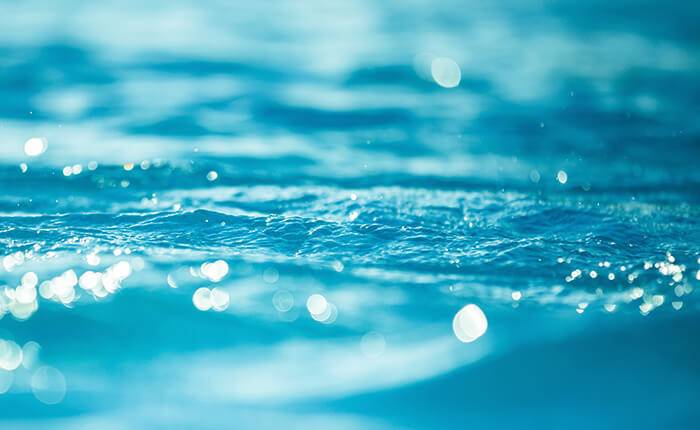Aug . 13, 2024 07:06 Back to list
Understanding the Various Sizes of PVC Irrigation Pipes for Effective Water Management
Understanding PVC Irrigation Pipe Sizes
Irrigation systems play a pivotal role in modern agriculture, allowing for efficient water use to ensure healthy crop growth. One crucial component of these systems is the irrigation pipe, with PVC (Polyvinyl Chloride) pipes being a popular choice due to their durability, affordability, and ease of installation. Understanding the various sizes of PVC irrigation pipes is essential for selecting the right one for your agricultural needs.
PVC Pipe Sizes An Overview
PVC pipes come in various diameters and lengths, which are crucial in determining their suitability for different irrigation systems. The size of the pipe affects the flow rate, pressure, and the overall performance of the irrigation setup. Commonly, PVC pipes are measured in diameter (inches) and are available in sizes ranging from ½ inch to 12 inches or more. The most frequently used sizes in agricultural applications typically include 2-inch, 3-inch, 4-inch, 6-inch, and 8-inch diameters.
Choosing the Right Size
Selecting the appropriate size of PVC pipe is essential for optimizing water distribution. A smaller pipe diameter may limit water flow, leading to inadequate irrigation coverage, while a larger diameter can result in wasted water and higher material costs. Here are some key factors to consider when choosing the size
1. Water Demand Assess the crop type and its water requirements. Crops with high water needs may require larger diameter pipes to deliver sufficient water volume.
2. Distance The distance between the water source and the field is also a significant consideration. Longer distances might necessitate larger pipes to maintain adequate pressure and flow.
3. Flow Rate Each irrigation system has a specific flow rate requirement, which must be matched with the pipe size. Flow rate can be calculated based on the number of emitters or sprinklers used, as well as their individual flow rates.
pvc irrigation pipe sizes

4. Pressure Loss As water moves through pipes, it experiences pressure loss due to friction. Larger diameter pipes generally reduce pressure loss, allowing for better water delivery, especially over longer distances.
5. Irrigation Type The type of irrigation system being used (drip, sprinkler, surface) also influences the choice of pipe size. Drip irrigation systems often use smaller diameter pipes compared to sprinkler systems which may require larger ones to ensure adequate pressure and coverage.
Benefits of PVC Pipes
PVC irrigation pipes offer several advantages that further establish their popularity in agricultural practices
- Durability PVC pipes are resistant to corrosion and chemical degradation, ensuring longevity and reducing the need for frequent replacement. - Low Cost Compared to other materials like metal or polyethylene, PVC pipes are generally more affordable, making them an economical choice for farmers.
- Ease of Installation PVC pipes are lightweight and easy to handle, allowing for quick installation, which is crucial in reducing labor costs.
- Versatility Available in a range of sizes and lengths, PVC pipes can be easily customized to fit various irrigation configurations.
Conclusion
Choosing the right PVC irrigation pipe size is vital for the efficiency and effectiveness of an irrigation system. By considering factors such as water demand, distance, flow rate, pressure loss, and the type of irrigation system, farmers can optimize their water usage and enhance crop productivity. The advantages of PVC pipes further solidify their role as a fundamental component in modern agricultural irrigation systems, ensuring that farmers can effectively manage their water resources while maintaining healthy and productive crops.
-
PVC Grey Sheet for Extraction: Chemical Resistant & Durable
NewsAug.19,2025
-
Durable PVC Pipe Fittings for Plumbing & Irrigation Needs
NewsAug.18,2025
-
HDPE Steel Belt Reinforced Spiral Corrugated Pipe | High Strength
NewsAug.17,2025
-
HDPE Pipe Fittings: Durable, Leak-Proof Solutions
NewsAug.16,2025
-
Premium CPVC Sheet: High-Temp & Chemical Resistant Solutions
NewsAug.15,2025
-
Durable PPR Pipe for Hot & Cold Water Systems - Easy Install
NewsAug.14,2025

